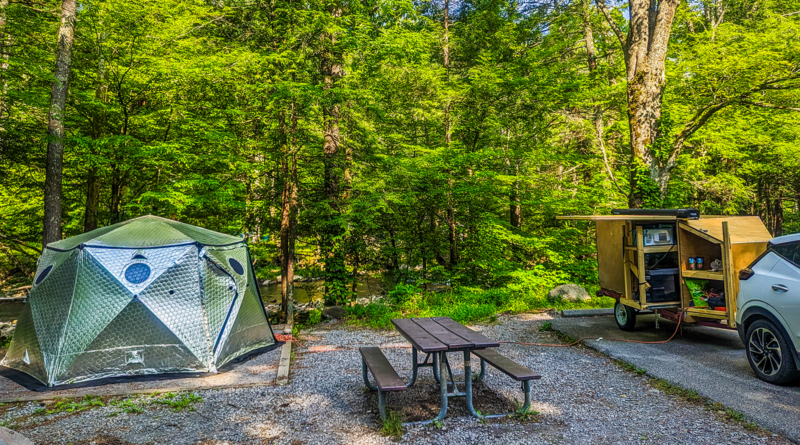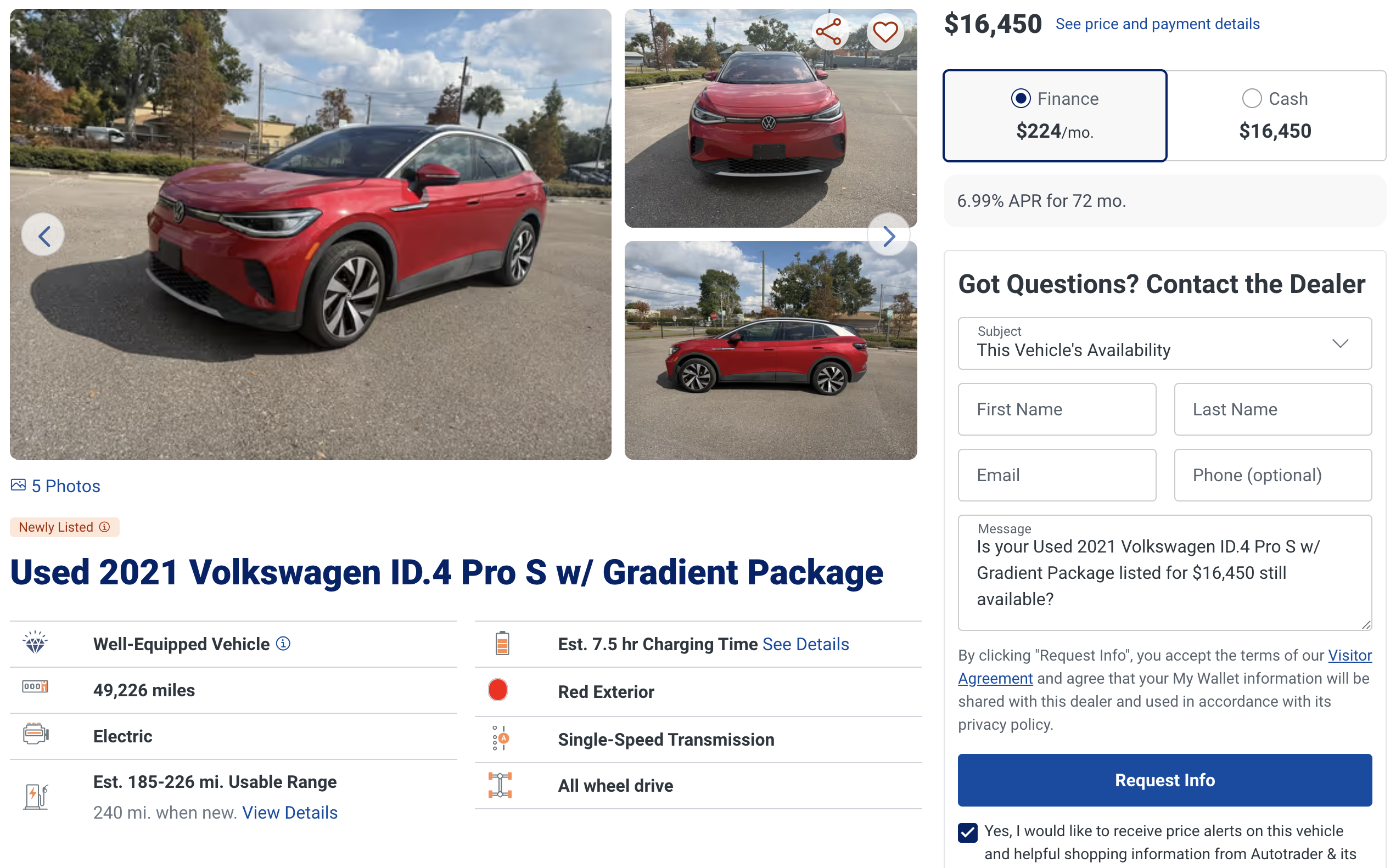Sign up for daily news updates from CleanTechnica on email. Or follow us on Google News!
I recently came across a great video from CheapRVLiving on YouTube. In it, Bob Wells goes through some things people need to consider when shopping for things like power stations, solar generators, and permanently-mounted solar and battery setups. Let’s first look at the video, followed by a recap for people at work and some of my own added thoughts further down:
Bob’s Recommendations
Before I add my $.02 to the discussion, let’s recap the recommendations from the video for those who can’t watch it for whatever reason. For many people, solar power is still a seemingly magical thing, and people with no experience with low-voltage wiring can feel intimidated by it. And then there’s all of the watts, amps, and volts (plus watt-hours and amp-hours) that can lead to confusion. But, the technology has come a long way since people like me and Bob have been experimenting with it (he did his first solar setup in 2010, and I did mine that same year!).
But, deciding how much solar power you need doesn’t need to be rocket surgery. These days, you don’t need to know anything about wiring and you don’t need to hire an electrician to get the benefits.
The obvious first question is your budget. Everyone would love to have a big solar array on their camper or next to their tent that can run everything, including air conditioning and EV charging. But, a high-end solar setup can cost over $10,000! So, you have to start out by knowing what you can spend first, because the sky’s the limit. Bob starts off showing viewers a simple 200-watt system that costs about $400. Fortunately, prices have been coming down and continue to come down.
Because the sky’s the limit, it’s really all about getting the most for what you can reasonably spend. For people on a smaller budget than $400 (we have to remember that Bob Wells helps a lot of people who didn’t choose van life), there are still options to get at least some power to charge a phone, a flashlight, an electric lantern, and other small things. For people on a bigger budget, Bob recommends buying as much solar as you can afford to get the most out of it.
The second question is space. How much room do you have on a van’s roof? Or, if you’re taking a portable system along, how much space do you have in your rig for it? You could be able to afford an impressive system, but if you don’t have room to carry it along, it won’t do you a bit of good!
A related question is battery storage. If you get a bunch of solar panels but no battery, you’re not going to have power at night or on cloudy days. Bob (very much rightly) recommends erring on the side of too much battery over having too much solar. If you have a place to put every watt-hour your panels produce in a day, you’re getting the most good out of those panels. If you have too much panel and not enough battery, you’re literally throwing energy away that you might wish you had later. All in all, he recommends “two to one” power, or having twice as many watts as amp-hours.
The next question: what season will you be traveling in and what weather will you be seeing? The length of the day changes over the year. Deserts have less rain and more sun. Coastal areas can have a lot of clouds. For this reason, he recommends looking at the weather where you’ll be spending time and size the system for the worst days of the year. You’ll need to have enough battery to last for as many days as you anticipate not having sun, and not just enough to last overnight, and you’ll need enough solar to charge those batteries up in a day or two before the clouds come again.
One broad recommendation he gives is to have a minimum of 200 watts of solar panel and a 100 amp-hour lithium battery (the setup he shows on screen). This won’t run anything like air conditioning, but it will give power for essentials like LED lighting, charging up phones and lights, etc. 300 watts and two deep cycle batteries is better, and so on.
While energy audits (looking at what your devices/appliances use) are important, Bob doesn’t waste a lot of time on that. Why? Because nobody can power everything they could ever want. There’s always another creature comfort you could power! Instead, he recommends spending as much as you can on your solar/battery system so you’ll have as much energy available as possible.
Finally, he gives his ideal recommendation: 400 watts and two deep cycle batteries, with compromises happening for anything smaller. For RVs, he recommends at least 500 watts to account for phantom draws, but with 1000 watts to really be more comfortable. He also recommends tilting the system toward the sun and following the sun (swiveling) to get more power out of panels whenever possible.
In sum, consider these things:
- Budget
- Space available
- Buy all you can afford
Adding EVs To The Van Life & Camping Mix (My $.02)
Most of Bob’s audience is having to do things for as cheaply as possible. While YouTubers and Instagram-ers were big on living in old vans and school buses, Bob’s audience is more about survival than glamor and clicks. Many people living in vans are doing it because they can’t make the ends meet on limited retirement money, or because they’ve found themselves not doing well with the kind of grind it takes to be successful these days chasing the American dream.
For this reason, most of his videos cater to people who bought an old work van or live in a gas-powered vehicle of some kind. It’s what they could afford without going into a debt that they couldn’t safely service.
But, EV prices are dropping, and some of Bob’s videos feature people living in older EVs. So, that’s where the future of van life and nomadic living is headed.
As I detailed in another article, I’ve been experimenting with using my 60 kWh EV battery to power a campsite. This includes a full kitchen (including toaster oven, microwave, and fridge), as well as air conditioning and heat for the insulated Shiftpod tent. When you have tons of battery, it’s a lot easier to power almost anything. With used Bolts going for as low as $10,000 if you shop around, it’s going to be easier and easier for nomads to all have a huge battery they can go into town and charge once a week when solar doesn’t cut it.
This doesn’t help people who can’t afford an EV today, obviously, so I don’t judge anyone for not driving one and living in it. But, for those who can, it could be a far better setup than the alternatives.
Featured image by Jennifer Sensiba.

Have a tip for CleanTechnica? Want to advertise? Want to suggest a guest for our CleanTech Talk podcast? Contact us here.
Latest CleanTechnica.TV Videos
CleanTechnica uses affiliate links. See our policy here.
CleanTechnica’s Comment Policy






